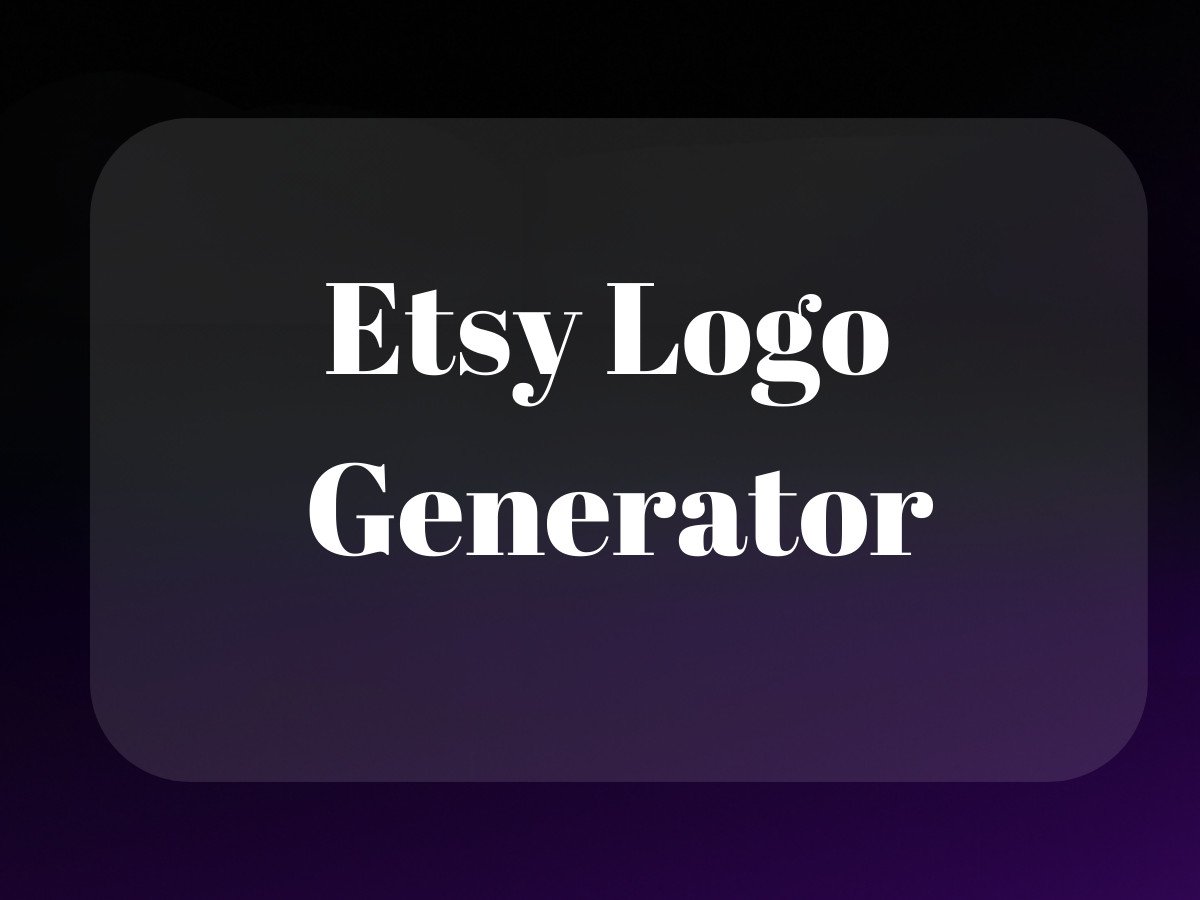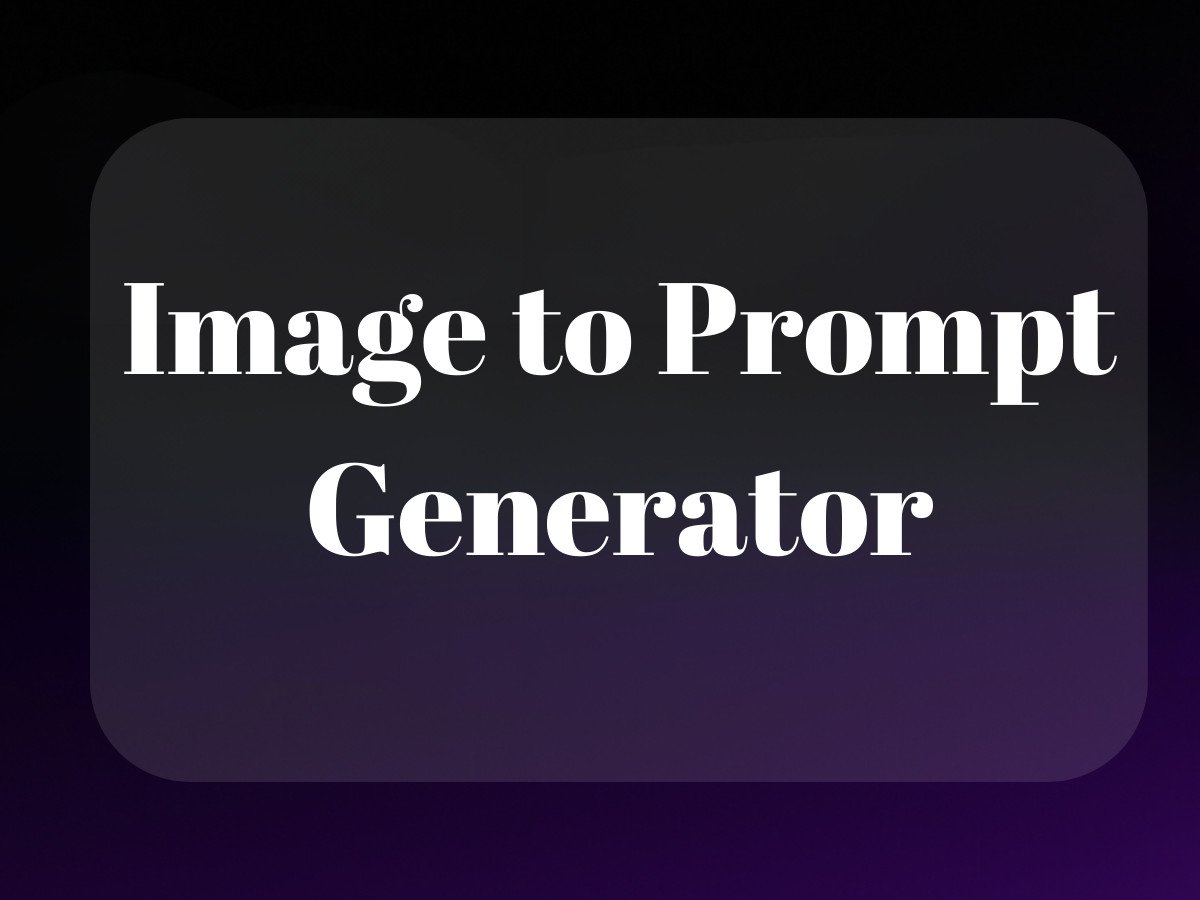Remember those little suggestion boxes that used to sit lonely and forgotten near store exits? Yeah, that was pretty much how businesses “listened” to customers back in the day. Fast forward to 2024, and we’ve got AI analyzing millions of customer interactions in real-time, predicting needs before they’re even expressed, and transforming raw feedback into actionable gold.

But here’s the thing – while we’ve traded wooden boxes for sophisticated voice of the customer (VoC) methodology, many brands are still treating customer feedback like it’s 1999. They’re either drowning in data without insight, or worse, collecting dust in fancy dashboards that nobody actually uses.
Understanding Voice of the Customer Methodology: Beyond the Buzzword

At its core, voice of the customer methodology is like having a conversation with your entire customer base at scale. It’s not just about collecting feedback – it’s about systematically capturing, analyzing, and actually doing something with what your customers are telling you. Think of it as building a customer feedback ecosystem rather than just setting up a few survey forms.
The Three Pillars of Modern VoC Programs
Every effective voice of customer program stands on three fundamental pillars: collection, analysis, and action. Miss any one of these, and you’re essentially building a three-legged stool with two legs (spoiler alert: it won’t stand).
1. Collection: Capturing the Customer Voice Everywhere
At the heart of any VoC program is the ability to listen. This pillar is about gathering feedback from every possible customer touchpoint—surveys, social media, support tickets, reviews, and even indirect sources like behavioral data. The goal is to ensure you’re not just hearing from the loudest voices, but getting a representative picture of your entire customer base. Modern tools help automate this, but strategy is key—timing, channel, and question design all influence the quality of what you collect.
2. Analysis: Turning Feedback into Insight
Raw feedback alone won’t help unless it’s transformed into meaningful insights. This pillar involves structuring and analyzing the data to identify patterns, sentiment, emerging issues, and customer expectations. Advanced VoC programs now use AI and natural language processing to sift through unstructured data quickly, identifying themes and prioritizing what matters most. Without this, you risk drowning in data with no direction.
3. Action: Closing the Loop and Driving Change
Insights only matter if they lead to action. This final pillar is about operationalizing feedback—making sure that customer insights are shared with the right teams, tied to KPIs, and used to implement changes across products, services, and customer support. It also includes “closing the loop” with customers, letting them know their feedback made a difference. A VoC program that doesn’t drive real business impact or customer engagement is just noise.
The Strategic Impact of Voice of Customer Research
Here’s a mind-bending stat for you: companies that excel at VoC programs outperform their competitors by 22% in revenue growth. Yet, only about 14% of organizations have a mature VoC program in place. That’s like leaving money on the table while complaining about poor sales.
Why Traditional Feedback Methods Fall Short
Traditional voice of customer tools are like trying to understand an ocean by looking at a glass of water. They give you a narrow view that might be accurate for that specific sample but miss the bigger picture entirely.
The problems with old-school approaches are pretty obvious when you think about it:
- Survey fatigue (seriously, who actually fills out those 20-minute questionnaires?)
- Delayed insights (by the time you analyze the data, it’s already outdated)
- Sampling bias (you’re only hearing from people motivated enough to respond)
- Disconnected data silos (marketing’s feedback never reaches product development)
The AI-Powered Revolution in VoC
This is where things get interesting. AI isn’t just making VoC more efficient – it’s fundamentally changing what’s possible. Imagine having an army of analysts working 24/7, processing every single customer interaction, identifying patterns, and flagging issues before they become problems. That’s what AI-powered VoC looks like.
Modern voice of customer analysis tools can:
- Process natural language from any source (even those angry all-caps tweets)
- Identify sentiment and emotion in customer feedback
- Spot trending topics and emerging issues automatically
- Connect dots between seemingly unrelated feedback points
- Predict future customer behavior based on feedback patterns
To learn more about the strategic use of customer insights, check out unlocking ROI of VoC.
Building Your Voice of Customer Program: Where to Start

Look, I get it. Setting up a comprehensive VoC program can feel overwhelming. It’s like trying to build a spacecraft while learning rocket science. But here’s the thing – you don’t have to do everything at once. Start with these fundamental steps:
1. Define Your Objectives
Before you dive into voice of customer tools and techniques, get crystal clear on what you’re trying to achieve. Are you looking to reduce churn? Improve product features? Enhance customer service? Your objectives will determine your approach.
2. Map Your Customer Journey
You can’t capture the voice of the customer effectively if you don’t know where and when they’re trying to talk to you. Map out every touchpoint where customers interact with your brand. This becomes your feedback collection blueprint.
3. Choose Your Tools Wisely
Don’t get suckered into buying the most expensive voice of customer software just because it has all the bells and whistles. Start with tools that address your most pressing needs and scale up from there. Sometimes a simple survey tool and social media monitoring platform are all you need to get started. Explore different VoC tools to find what’s best for you.
Core VoC Methodologies and Data Collection Techniques
Let’s be real – most companies approach Voice of the Customer methodology like they’re still living in 1995. They send out a yearly survey, collect some NPS scores, and call it a day. But here’s the thing: your customers are constantly telling you what they think and feel. You just need to know where to look and how to listen.
Think of VoC like a conversation happening across multiple channels simultaneously. Your customers are sharing their thoughts on social media, leaving reviews, chatting with support, abandoning carts, and yes – sometimes filling out those surveys too. The magic happens when you can piece all these signals together into a coherent story.
Active Feedback Collection: Going Beyond the Basic Survey
I’ve seen too many brands rely solely on post-purchase surveys, which is like trying to understand a movie by only watching the last 5 minutes. Active feedback collection needs to happen throughout the entire customer journey. Here’s what actually works:
- Micro-surveys triggered by specific behaviors (abandoned cart? hit the pricing page 3 times?)
- Customer advisory boards for your power users
- Quarterly deep-dive interviews with different customer segments
- Co-creation workshops where customers help design new features
Passive Feedback: The Gold Mine Nobody’s Mining
Here’s where it gets interesting. Your customers are already telling you everything you need to know – you just haven’t been listening in the right places. The real voice of the customer methodology gold lies in passive feedback channels:
- Support ticket analysis (using NLP to spot patterns)
- Social listening across channels where your audience actually hangs out
- Website behavior analysis (heat maps, session recordings)
- Review monitoring (including competitor reviews)
Implementing a Successful VoC Program That Actually Drives Change

Having all this customer feedback is great, but it’s worthless if you don’t have a system to turn those insights into action. I’ve seen too many VoC programs fail because they became glorified reporting exercises rather than drivers of real change.
The 5-Step Framework That Actually Works
After helping dozens of brands implement VoC programs through ProductScope AI, I’ve found this framework consistently delivers results:
1. Define Clear Objectives (That Tie to Revenue)
Don’t just say “we want to improve customer satisfaction.” Get specific: “We want to reduce churn by 20% in our enterprise segment by identifying and fixing the top 3 friction points in our onboarding process.”
2. Design Your Feedback Ecosystem
Map out every customer touchpoint and determine the most natural way to collect feedback at each stage. Sometimes that’s a survey, sometimes it’s behavioral data, sometimes it’s social listening.
3. Build Your Tech Stack
You need tools that can collect, analyze, and help you act on feedback. But here’s the thing – you don’t need to buy every shiny new VoC platform. Start simple and expand based on actual needs.
4. Create Clear Action Workflows
This is where most programs fail. You need crystal clear processes for how feedback gets routed, who’s responsible for acting on it, and how you’ll measure if those actions worked.
5. Close the Loop
Tell customers what you did with their feedback. This isn’t just good manners – it dramatically increases future participation rates in your VoC program.
Voice of Customer Metrics That Actually Matter
Look, I love a good Net Promoter Score as much as the next person. But relying on NPS alone is like trying to drive a car while only looking at the speedometer. You need a balanced dashboard of metrics that actually tell you what’s working and what isn’t.
The Core Metrics Stack
- Net Promoter Score (NPS): Yes, it’s flawed, but it’s still useful as a trend indicator
- Customer Effort Score (CES): Often more predictive of loyalty than satisfaction
- Customer Satisfaction (CSAT): Best for measuring specific interactions
- Customer Health Score: A weighted combination of usage, engagement, and support metrics
Advanced Analytics: Beyond Basic Metrics
Here’s where AI is really changing the game. Modern voice of the customer methodology isn’t just about collecting scores – it’s about understanding the deeper patterns in customer behavior and feedback. We’re now able to:
- Use natural language processing to analyze thousands of customer comments in seconds
- Predict customer churn before it happens based on behavioral patterns
- Automatically categorize and route feedback to the right teams
- Identify emerging trends and issues before they become major problems
But here’s the thing about metrics – they’re not the end goal. They’re signals that help you understand where to focus your attention and resources. The real magic happens when you combine these quantitative metrics with qualitative insights to get the full picture of your customer experience.
Advanced VoC Technologies and AI-Powered Innovation

Let’s be real – traditional VoC methods are about as exciting as watching paint dry. Surveys, focus groups, feedback forms…they get the job done, but they’re not exactly pushing boundaries. That’s where AI enters the chat (pun absolutely intended).
The marriage of AI and VoC methodology is transforming how we understand and act on customer feedback. It’s like giving your customer research team a superpower boost – suddenly they can process thousands of conversations in seconds, spot patterns humans might miss, and predict customer needs before they even arise.
Natural Language Processing: The Game Changer
Remember when analyzing customer feedback meant endless spreadsheets and manual coding? Those days are officially over. Modern NLP systems can now parse through millions of customer interactions – from support tickets to social media posts – and extract meaningful insights in real-time.
But here’s where it gets interesting: unlike traditional analysis that just categorizes feedback as positive or negative, advanced NLP can detect subtle emotional nuances, identify emerging trends, and even suggest specific actions based on customer sentiment patterns.
Real-time Feedback Systems: The New Normal
We’re moving away from the quarterly survey model (thank goodness) toward continuous feedback loops. Think of it like having a constant pulse check on your customer base rather than an annual physical. This shift isn’t just about speed – it’s about relevance and actionability.
The ROI of Voice of the Customer Programs
Let’s talk numbers, because at the end of the day, that’s what keeps the lights on. A well-implemented voice of the customer methodology isn’t just a nice-to-have – it’s a serious revenue driver.
Companies with mature VoC programs are seeing:
- 55% higher customer retention rates
- 23% decrease in year-over-year customer service costs
- 292% greater employee engagement rates
- Up to 10x ROI on their VoC investments
For a deeper dive into calculating the ROI of VoC programs, visit how to calculate the ROI of VoC programs.
Beyond the Numbers: Strategic Value
The real magic happens when VoC becomes part of your company’s DNA. It’s not just about collecting feedback – it’s about creating a customer-obsessed culture that drives innovation and growth. Think Amazon’s “Day 1” philosophy, but tailored to your brand’s unique context.
Future Trends in Voice of Customer Analysis
If you think the current state of VoC is impressive, buckle up. The future is looking wild (in the best possible way). We’re seeing the emergence of predictive VoC systems that can anticipate customer needs before they’re even expressed – kind of like having a crystal ball, but powered by data science instead of magic.
The Rise of Emotional Analytics
We’re moving beyond simple sentiment analysis into the realm of emotional intelligence. AI systems are getting scary good at detecting not just what customers are saying, but how they’re feeling when they say it. This emotional context is pure gold for brands looking to create deeper connections with their audience.
Making It Work: Practical Implementation Steps
Here’s where the rubber meets the road. Implementing a modern voice of the customer program doesn’t have to be overwhelming. Start small, think big, and scale smart:
- Audit your current feedback channels
- Identify your critical customer touchpoints
- Select and implement appropriate VoC tools
- Create clear processes for acting on insights
- Measure and iterate based on results
For more insights on the ROI of VoC, explore ROI voice of customer.
Conclusion: The Future is Customer-Driven
The evolution of voice of the customer methodology represents a fundamental shift in how businesses operate. We’re moving from a world of assumption-based decision making to one driven by real-time customer insights and predictive analytics.
But here’s the thing – all the fancy AI tools and advanced analytics in the world won’t help if you’re not ready to actually listen to what your customers are saying and take action. The most successful companies aren’t just collecting feedback – they’re building entire ecosystems around customer insights.
Think of VoC as your company’s compass. It doesn’t drive the ship, but it sure as hell tells you where to go. In a market where customer experience is increasingly the key differentiator, having a robust voice of the customer program isn’t just nice to have – it’s essential for survival.
And let’s be honest – in a world where customers have more choices than ever before, the companies that will thrive are the ones that don’t just hear their customers, but truly listen and respond. That’s not just good business – it’s common sense.
So what’s your next move? Start small if you need to, but start somewhere. Your customers are talking. Are you ready to listen? Explore the voice of customer analysis tools to get started.
Related Articles:
- Voice of Customer Analysis for Amazon: Key Steps to Follow
- eBay Promoted Listings Strategy Guide for 2024 – ProductScope AI
- Depop vs Poshmark: A Seller’s Guide to Choosing Right
Frequently Asked Questions
What is the Voice of the Customer system?
The Voice of the Customer (VoC) system refers to a structured approach for capturing, analyzing, and acting upon customer feedback. It involves gathering data from various sources such as surveys, interviews, and social media to understand customer needs, preferences, and experiences. This system enables businesses to align their products, services, and operations with customer expectations, ultimately enhancing customer satisfaction and loyalty.
What is the Voice of the Customer statement?
A Voice of the Customer statement articulates the specific needs and desires of customers as expressed through feedback. It is a concise declaration that captures the essence of what customers value most about a product or service. This statement guides organizations in tailoring their strategies to meet customer expectations, ensuring that the voice of the customer is at the forefront of decision-making processes.
What is the VoC technique?
The VoC technique encompasses various methods used to collect and interpret customer feedback, including surveys, focus groups, interviews, and sentiment analysis. This technique aims to identify key customer insights and trends, providing a comprehensive understanding of customer sentiments and preferences. By employing VoC techniques, businesses can prioritize improvements and innovations that resonate with their target audience.
How do you measure the voice of a customer?
Measuring the voice of a customer involves collecting quantitative and qualitative data through tools like surveys, Net Promoter Scores (NPS), and Customer Satisfaction Scores (CSAT). Additionally, qualitative feedback is gathered through interviews and social media monitoring to gain deeper insights. Analyzing this data helps organizations identify patterns and trends, enabling them to act on customer feedback effectively.
What is the purpose of the Voice of the Customer?
The purpose of the Voice of the Customer is to ensure that an organization remains customer-centric by continuously listening to and understanding customer needs and expectations. By integrating customer feedback into strategic planning, businesses can enhance their products and services, improve customer satisfaction, and foster long-term loyalty. Ultimately, VoC initiatives help organizations build stronger relationships with their customers and drive business success.
About the Author
Vijay Jacob is the founder and chief contributing writer for ProductScope AI focused on storytelling in AI and tech. You can follow him on X and LinkedIn, and ProductScope AI on X and on LinkedIn.
We’re also building a powerful AI Studio for Brands & Creators to sell smarter and faster with AI. With PS Studio you can generate AI Images, AI Videos, Blog Post Generator and Automate repeat writing with AI Agents that can produce content in your voice and tone all in one place. If you sell on Amazon you can even optimize your Amazon Product Listings or get unique customer insights with PS Optimize.
🎁 Limited time Bonus: I put together an exclusive welcome gift called the “Formula,” which includes all of my free checklists (from SEO to Image Design to content creation at scale), including the top AI agents, and ways to scale your brand & content strategy today. Sign up free to get 200 PS Studio credits on us, and as a bonus, you will receive the “formula” via email as a thank you for your time.




